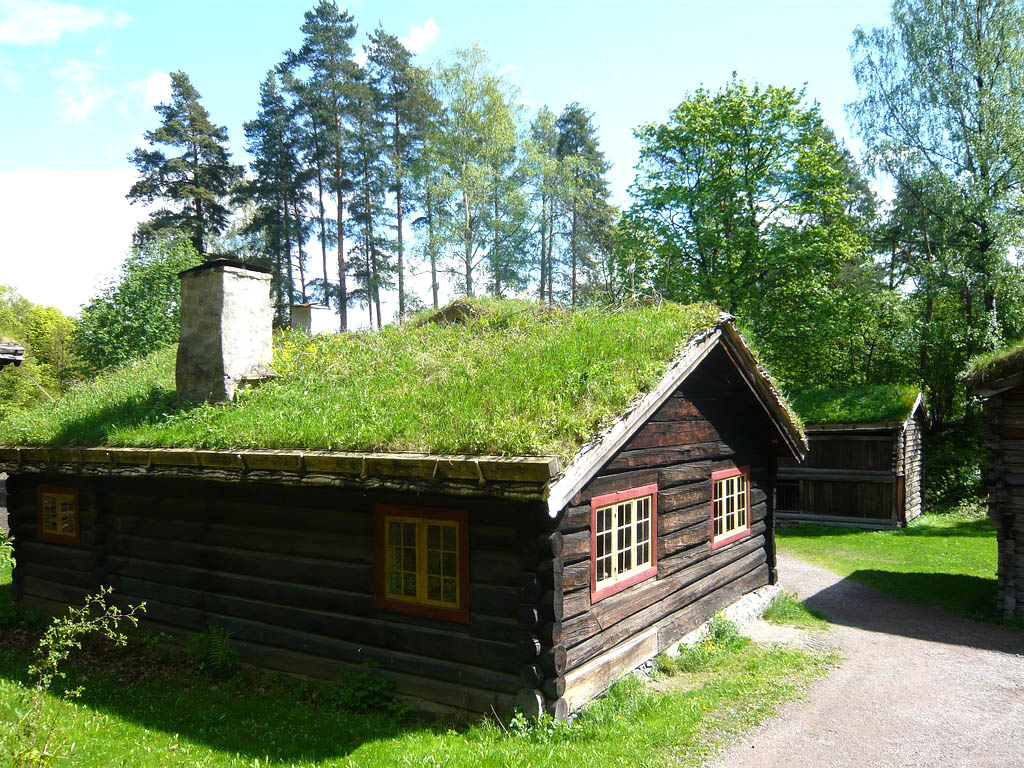


Green roofs are a form of low-impact development and help negate the negative effects of a building's footprint by somewhat re-creating the lost green space at the roof's level.


Green roofs have actually been around for centuries in many forms since the the famous Hanging Gardens of Babylon, through Scandinavian sod houses, to the elegant Rockefeller Center rooftop gardens (created in the 1930's).


Modern day green roof technology was born in Germany, where these engineered systems were developed and have been tested for over 35 years.A green roof will yield all the same functions of a standard roof, but it offers a whole lot more! Here are some of the benefits provided by green roofs:




They are used as stormwater management. Acting like sponges, they absorb rainwater and release cleaner runoff.

They create a healthier environment by filtering the air, absorbing CO2 and other pollutants, and lowering ambient temperatures. In turn, this lowers the urban heat island effect through the vegetation's photosynthesis and evapotranspiration.

They keep the area under them cooler in the summer and warmer in the winter. This reduces energy consumption and costs for heating or cooling a building.

Because structural elements of a building top are "buried" under the layers of a green roof, the rooftop is protected from ultraviolet radiation, wind, and temperature fluctuations which in turn helps to double, triple, or more the life of the roof.

They reintroduce flora and fauna into the concrete jungle. Green roofs supply nesting and habitat areas for wildlife.

They also provide acoustic insulation and noise suppression, and even reduce glare.

Conventional roofs simply do not match up to the tremendous amount of benefits a green roof brings. Every day, more and more cities around the world are joining in on this "green" agenda.

























